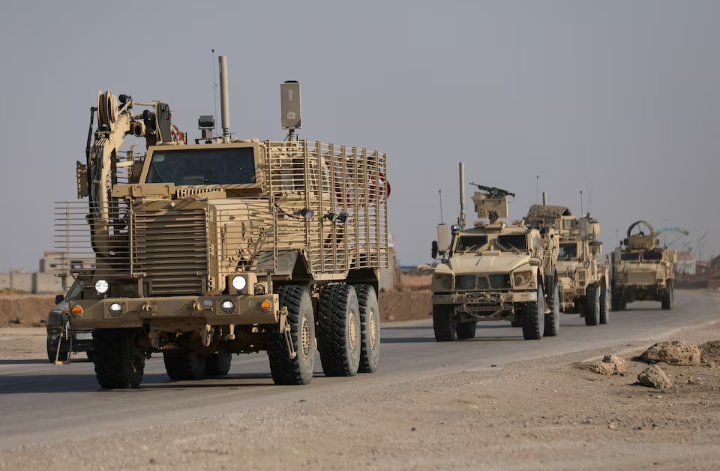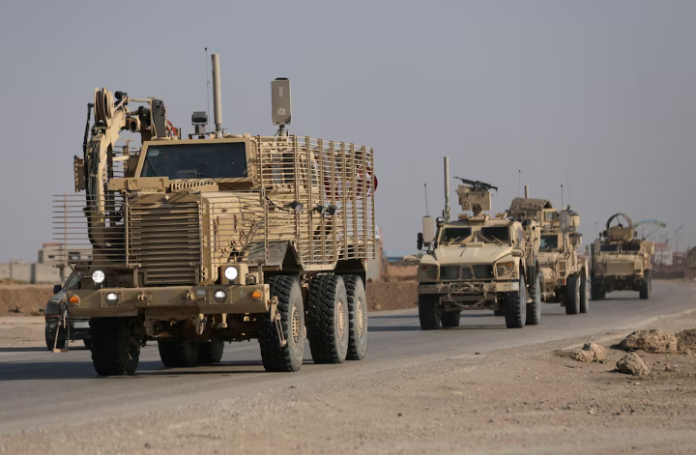In a development stirring concern across the Middle East, U.S. forces have quietly pulled out of two strategic military bases in northeastern Syria — Al-Wazir and Tel Baydar — as confirmed by on-ground reporting from Reuters. This move signals an accelerating American military drawdown in the region, and it’s already raising alarms among Kurdish forces who say it’s paving the way for a renewed ISIS resurgence.
When Reuters journalists visited the Al-Wazir and Tel Baydar bases, both once active hubs of American military operations, they found them eerily quiet. U.S. military cameras had been dismantled, and perimeter defenses like razor wire were already deteriorating. These posts, now guarded by small units of the Kurdish-led Syrian Democratic Forces (SDF), no longer house any American troops — a stark contrast to just months ago.
The Pentagon has declined to comment on the situation, but this marks the first verified withdrawal from these bases, raising the total number of U.S. base closures in Syria to four since President Donald Trump assumed office. Earlier this year, the Trump administration announced plans to reduce the U.S. military footprint in Syria from eight active bases to just one.
While the U.S. shift may be part of a broader strategic recalibration, Kurdish commanders like Mazloum Abdi warn it leaves dangerous security vacuums. Abdi, a top SDF leader, spoke to Reuters from the Al-Shadadi base — now one of the few still hosting U.S. personnel. He emphasized that a few hundred troops on a single base are insufficient to keep Islamic State fighters at bay.
“The threat of ISIS has significantly increased,” Abdi stated. “We’ve known about this drawdown plan, but it doesn’t change the reality on the ground. We’re trying to ensure there are no gaps in defense — but the threat is growing.”
This warning comes amid signs of renewed ISIS activity. Following the fall of Syrian dictator Bashar al-Assad in December, jihadist cells — some reportedly reinforced by foreign fighters — have seized weapons from regime depots and reactivated across several Syrian cities, including Damascus. Kurdish sources also claim ISIS operatives have begun moving more freely near recently vacated U.S. bases in areas like Deir Ezzor and Raqqa.

In recent weeks, ISIS has carried out a series of deadly attacks in SDF-controlled zones, killing at least 10 Kurdish fighters and security forces. One such attack involved a roadside bomb targeting oil tankers close to the Al-Shadadi base.
Even more troubling, just hours after Abdi’s interview, three Iranian-made missiles targeted the very base where he spoke. Fortunately, U.S. defense systems intercepted them, but the incident underscores how volatile the region has become.
As the U.S. reduces its presence, Kurdish leaders are left in a precarious position: holding ground against ISIS, safeguarding their territories, and preventing further chaos — all with dwindling American support. The question now is not just what will happen next in Syria, but whether the world is ready for what may come if ISIS is allowed to regroup once again.



